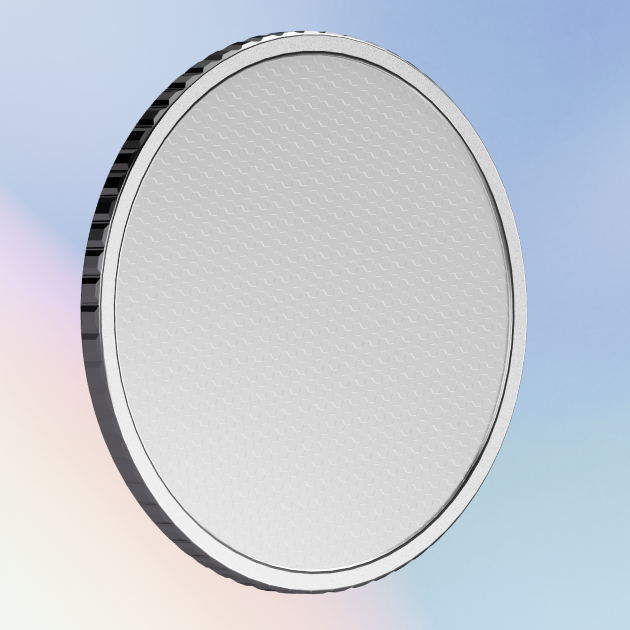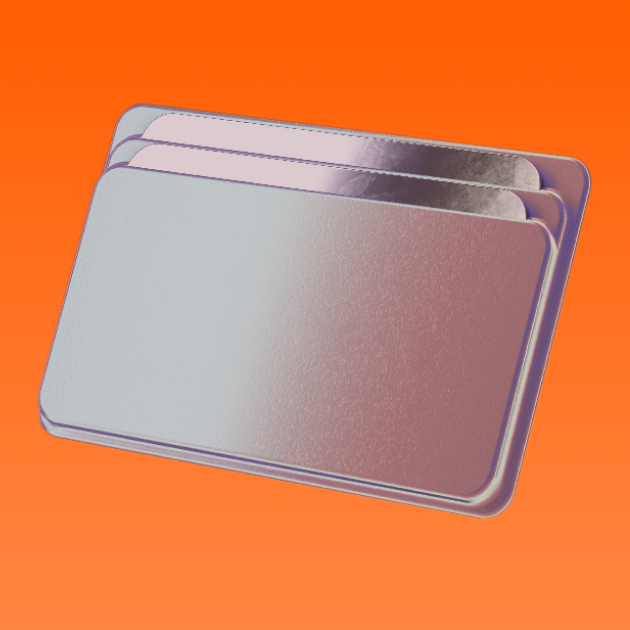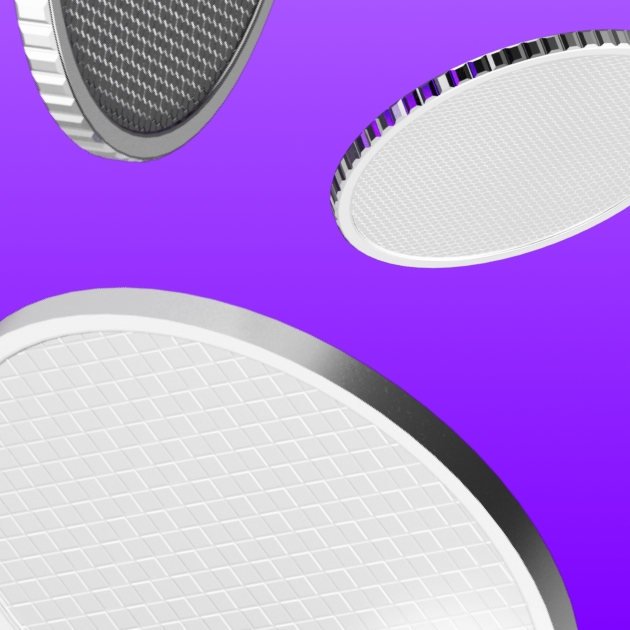What is Cardano (ADA)? An introduction to Cardano
MoonPay explains Cardano (ADA) and its features, how it works, and why it's one of the most popular altcoins by market cap.
By Sankrit K

Blockchain technology dates back as far back as 1991 when Stuart Haber and W. Scott Stornetta released a paper titled "How to Time-Stamp a Digital Document." It wasn't until Satoshi Nakamoto released the Bitcoin white paper in 2008, however, that the first working blockchain was created.
Ethereum took peer-to-peer payments and decentralization a step further by introducing smart contracts (self-executing pieces of code). Since then, numerous other projects have followed suit and created their own blockchains with varying degrees of success, leading to a siloed and fragmented ecosystem.
One of Ethereum's co-founders realized this might not be the best way forward for blockchain technology and decided to create a new project called Cardano that would attempt to enable a more sustainable and balanced ecosystem.
In this article, we will explore Cardano and what makes it differ from other blockchains.
What is Cardano?
Cardano (ADA) is a self-proclaimed third generation Proof of Stake (PoS) blockchain solution founded in 2015. It was developed by Input Output Hong Kong (IOHK) and is led by Charles Hoskinson, one of the co-founders of Ethereum. The goal of the Cardano project is to create a more sustainable and balanced ecosystem for blockchain technology.

According to Hoskinson, cryptocurrencies today face three critical problems:
1. Scalability
The ability to process more transactions per second as the number of users on the network grows. Currently, Bitcoin can process around seven transactions per second, and Ethereum can process around 15. Compare this to Visa, which can process approximately 1,700 transactions per second.
2. Interoperability
The ability to interact with other blockchain networks. Currently, most blockchains exist in their own siloed ecosystem, which makes it difficult for them to interact with each other without interoperability protocols.
3. Sustainability
The ability to fund development and operations without relying on a single party. Currently, most projects are reliant on a small number of large investors, which can lead to centralization.
What makes Cardano, as a project, different from other cryptocurrency projects is its approach to research and development.
Just like any other scientific endeavor, Cardano aims to build upon existing knowledge and create new knowledge through peer-reviewed research. This is in contrast to many other projects, which tend to rely on a more trial-and-error approach. As a result, Cardano's code implementations claim to have a high degree of assurance and reliability.
How does Cardano work?
Cardano is being built in two layers:
- Cardano Settlement Layer (CSL)
- Cardano Computation Layer (CCL)
The CSL is the layer that will be responsible for ADA's economic transactions, while the CCL will be responsible for ADA's smart contracts. The Cardano team believes this separation will allow for more flexibility and scalability in the future.
The Cardano Settlement Layer is based on a Proof of Stake consensus algorithm called Ouroboros, which was developed by IOHK. Ouroboros is a Byzantine Fault Tolerant consensus algorithm designed to be more energy-efficient than Proof of Work consensus algorithms.
Ouroboros: Cardano's scalability pillar
Ouroboros is a Greek mythological creature often represented as a snake or dragon eating its own tail. The name was chosen for the Cardano consensus algorithm because it is designed to be an autonomous system.

The Ouroboros consensus algorithm works by dividing time into epochs. Each epoch is divided into slots, and each slot is assigned to a validator. Validators are chosen based on their stake in the network (the more ADA they have staked, the higher their chance of being chosen).
Once a validator is chosen, they are responsible for creating a block during their assigned slot. If they successfully create a block, they are rewarded with ADA tokens. If they fail to produce a block, they lose their stake.
After an epoch ends, a new epoch begins, and new validators are chosen. This process repeats itself indefinitely, which makes it a self-sustaining system.
In addition, Cardano uses a new data structure called a Recursive InterNetwork Architecture (RINA) enabled by its latest hard fork upgrade called "Vasil." RINA enables Cardano to process large numbers of transactions in parallel, increasing the network's speed.
Sidechains: Cardano's interoperability pillar
Interoperability does not just allow the transfer of assets across blockchains. With the right measures in place, developers can create products for multiple ecosystems without major code rewrites. This allows innovation to spread quickly and easily without being tied to any one platform.
Sidechains are separate blockchain networks that are connected to the main blockchain. They are often used to extend a blockchain's functionality or allow different blockchains to interact with each other.
The way sidechains work is by having a two-way peg that allows assets to be transferred back and forth between the main blockchain and the sidechain. The pegged asset is locked on the main blockchain and can only be unlocked on the sidechain.
This allows developers to experiment with new features on a sidechain without affecting the main blockchain. If the new features are successful, they can be integrated into the main blockchain.
Treasury: Cardano's sustainability pillar
The Cardano Treasury is a pool of funds that is used to finance the development and operations of the Cardano network. The treasury is funded by a percentage of each transaction fee collected on the network.
This funding model is designed to be more sustainable than the traditional funding model for blockchain projects, which often rely on a small number of large investors.
The funds in the treasury are used to pay for things like marketing expenses, operational costs, and salaries for Cardano developers.
Cardano also has a decentralized governance system that allows for voting on how funds in the treasury should be spent. The community therefore has a say in developing the Cardano network.
What's next for Cardano?
The Cardano roadmap is divided into five phases:
- Byron
- Shelley
- Goguen
- Basho
- Voltaire
Byron was the first phase of the Cardano roadmap, and it focused on launching the mainnet and achieving a basic level of decentralization.
The Shelley phase is focused on achieving full decentralization of the network.
Goguen is the next phase of the roadmap, and it is focused on adding support for smart contracts to Cardano.
Basho is the fourth phase of the roadmap, and it is focused on scaling Cardano to accommodate more users.
The final phase of the roadmap, Voltaire, is focused on governance. It will allow the community to vote on proposals to improve the Cardano network.
Cardano’s goal: The next evolution of blockchain
Cardano is rapidly emerging as a promising alternative to Ethereum. It has a loyal community and is being developed by scientists, mathematicians, and cryptographers around the world.
The project is often touted as the next evolution of blockchain or “third generation blockchain” for being designed in a way that’s both scalable and sustainable.
The downside, however, is that Cardano's peer-review approach is time consuming, and new features are not being added as quickly as some other blockchains.
Either way, Cardano is a project worth keeping an eye on, and it will be interesting to see how it develops over the next few years.
Did you know? You can pay with Cardano
How to buy Cardano (ADA)
You can buy Cardano via MoonPay or through any of our partner wallet applications with a credit card, bank transfer, Apple Pay, Google Pay, and many other payment methods.
Just enter the amount of Cardano (ADA) you want to purchase and follow the steps to complete your order.
MoonPay also allows you to easily sell crypto when it's time to cash out. We're always adding more coins like Cardano to sell, so check back soon.

.png)




